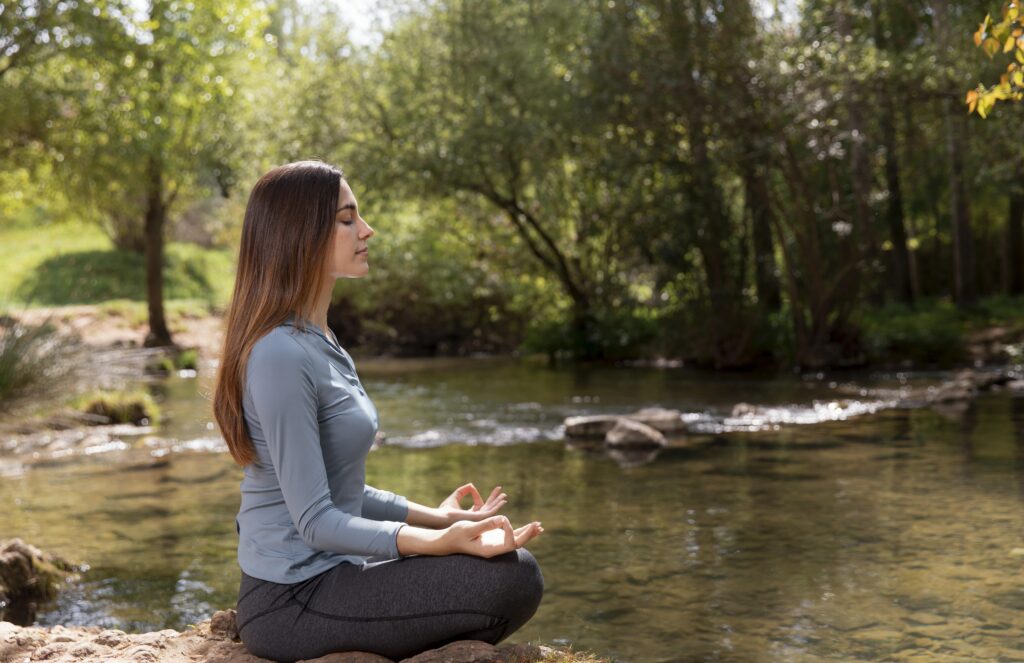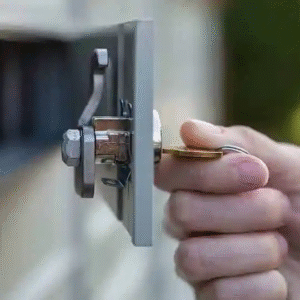
In today’s hyperconnected world, mindfulness has never been more essential—but can it help us maintain digital balance? As students, professionals, and parents juggle school, work, and family, they often struggle with excessive screen time and digital distractions. This mindfulness guide for digital balance will introduce simple yet powerful mindfulness practices that anyone can embrace—no tech-free retreat required.
Use Mindfulness to Find Balance in the Digital Age
The power of mindfulness lies in its ability to anchor us in the present, creating a pause between stimulus and response. In the digital age, that pause helps break the habit of compulsively checking devices. Mindful breathing, quick body scans, or simply noticing the urge to reach for your phone and choosing not to restores digital balance
You don’t need to go fully offline to succeed. According to experts, small intentional shifts—like breathing before answering a notification or scheduling tech-free hours—stand as effective defenses against overwhelm
Practical Mindfulness Tools to Reclaim Attention
Here are actionable ways to cultivate mindfulness amid digital chaos:
-
Schedule tech-free windows (e.g., meal times, mornings, evenings) to rest your mind and reset focus
-
Use the 4-7-8 breathing technique to pause intentionally before reacting to messages or alerts
-
Enable “Do Not Disturb” during focused work, family time, or winding down
-
Track screen time, set weekly goals, and replace mindless scrolling with hobbies or connection time
-
Ask reflective questions such as “When does tech use feel automatic?” or “How does device time affect me emotionally?”
With consistency, these habits cultivate a healthier relationship with screens and digital tools.
How Mindfulness Supports Digital Balance
Mindfulness practice teaches awareness—recognizing the impulse to check a notification and choosing to respond rather than react. Over time, this builds self-regulation, enabling better control over digital distractions.
Beyond emotional relief, mindfulness invites deeper reflection: “What am I doing right now? Why am I picking up my phone?” These inquiries help prevent mindless scrolling and redirect energy toward meaningful activities.
Conclusion
In a world overflowing with notifications and screen-bound habits, the mindfulness practice offers a pathway to digital balance—a moment of presence that restores clarity, reduces stress, and strengthens intention. By integrating simple tools like breathing, tech-free zones, reflection, and screen-time tracking into your daily routine, anyone—student, professional, parent—can transform their digital habits for the better.
Take action today: pick one mindful strategy from above, commit to it for one week, and observe how your digital experience changes. Reclaim your focus and connection—one mindful moment at a time.
Q&A
Below are five of the most commonly asked questions around mindfulness and digital balance, answered clearly:
-
How does mindfulness help reduce screen time?
Mindfulness builds awareness of the urge to reach for devices. By pausing and observing that impulse, you can choose not to engage and reduce screen time intentionally -
What is a simple mindfulness practice to curb digital distractions?
Try the 4-7-8 breathing method: inhale for 4 seconds, hold for 7 seconds, exhale for 8 seconds. This pause fosters calm and breaks automatic reactions to digital alerts -
Is digital detox necessary for mindfulness?
Not always. While full detoxes can be helpful, small adjustments like setting screen-free times or reflecting on tech use can offer sustainable, realistic paths to balance. -
Can mindfulness enhance productivity amid tech use?
Yes. Mindful attention supports better focus, intention, and emotional regulation, reducing digital overload and increasing efficiency. -
How can students benefit from digital mindfulness?
Digital-based mindfulness (through apps, video guidance, or online coaching) has been shown to improve students’ mental well-being by reducing stress and enhancing self-regulation.







